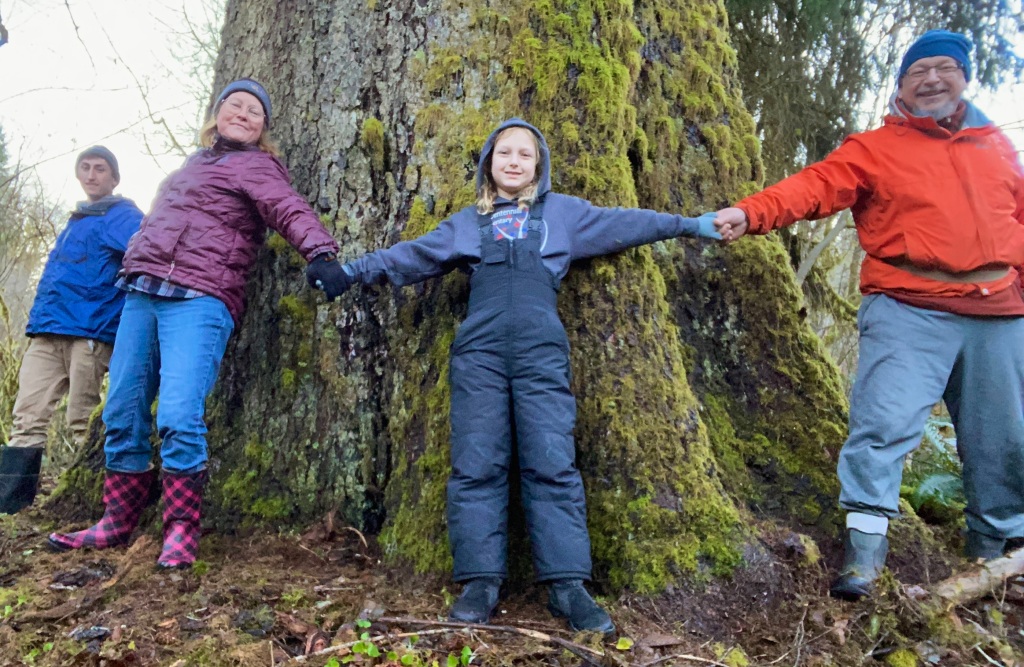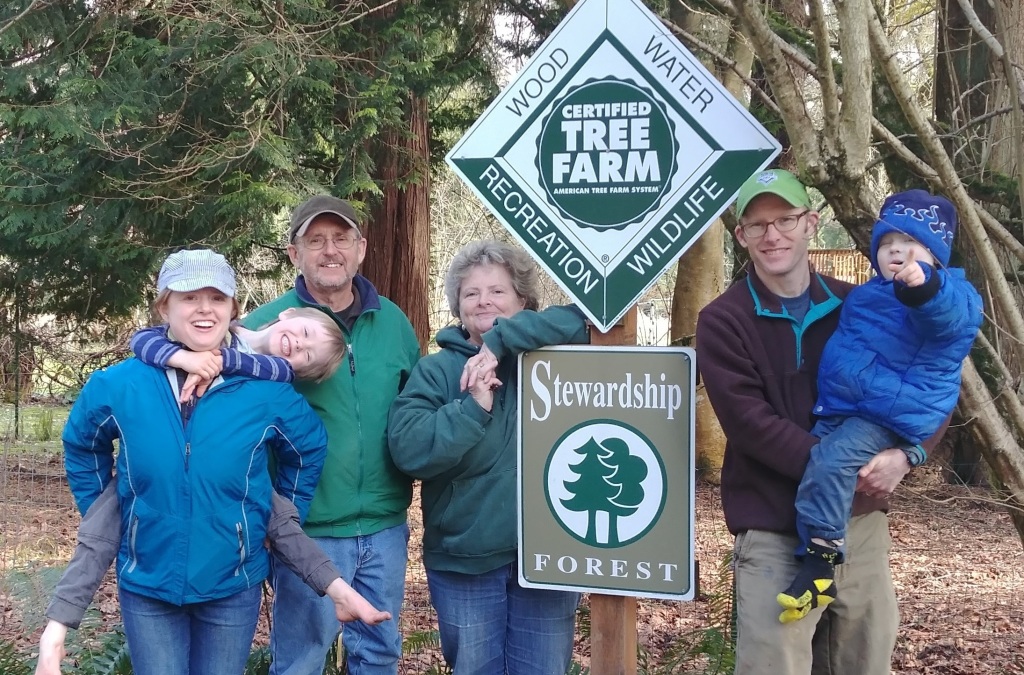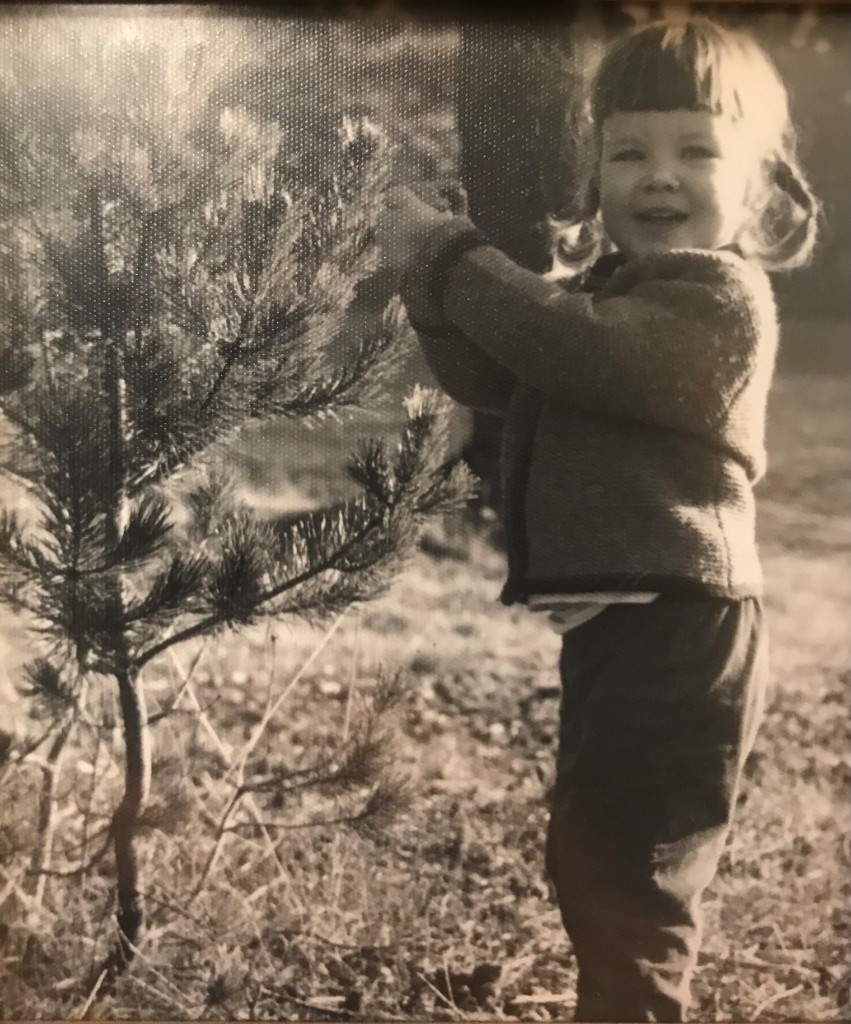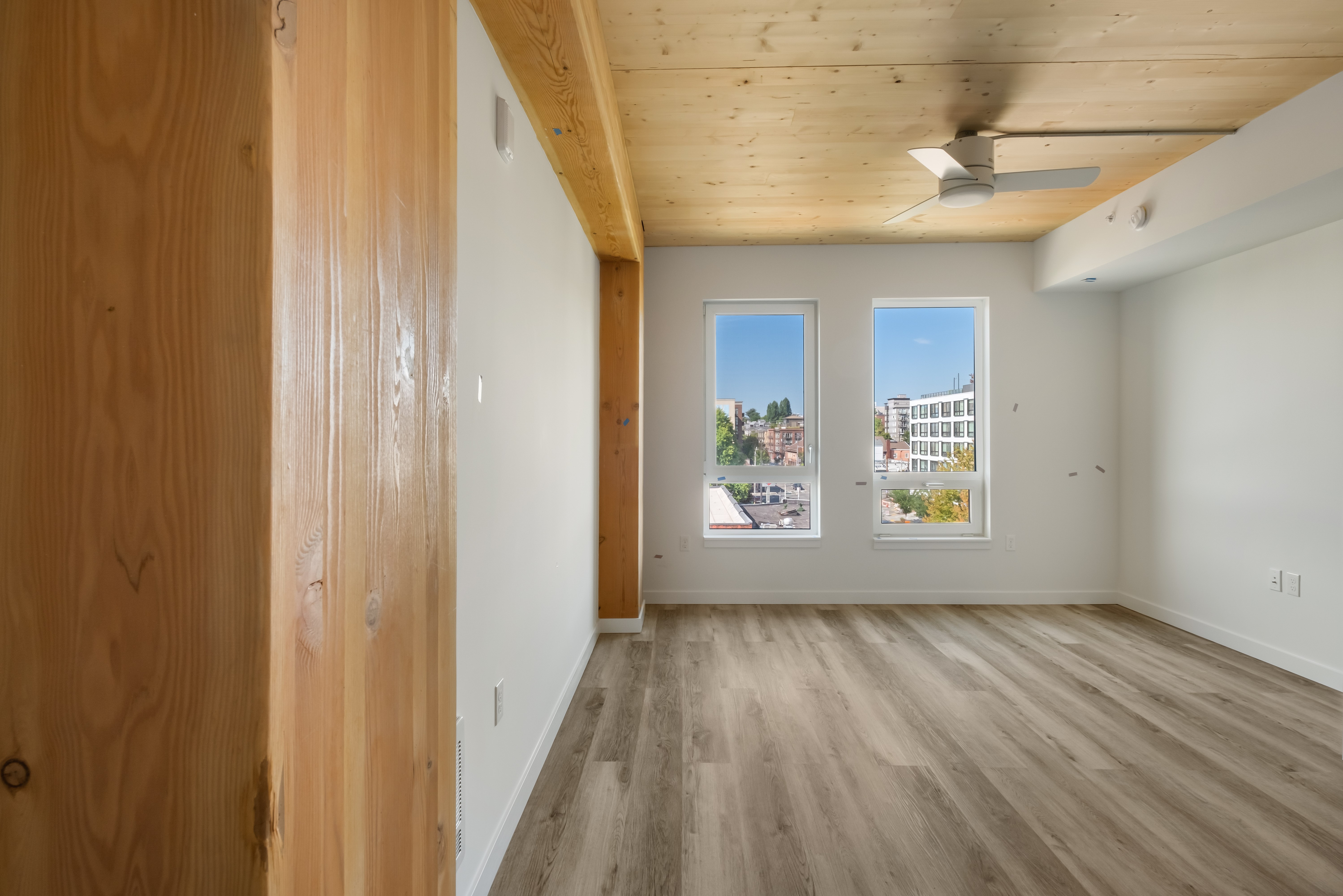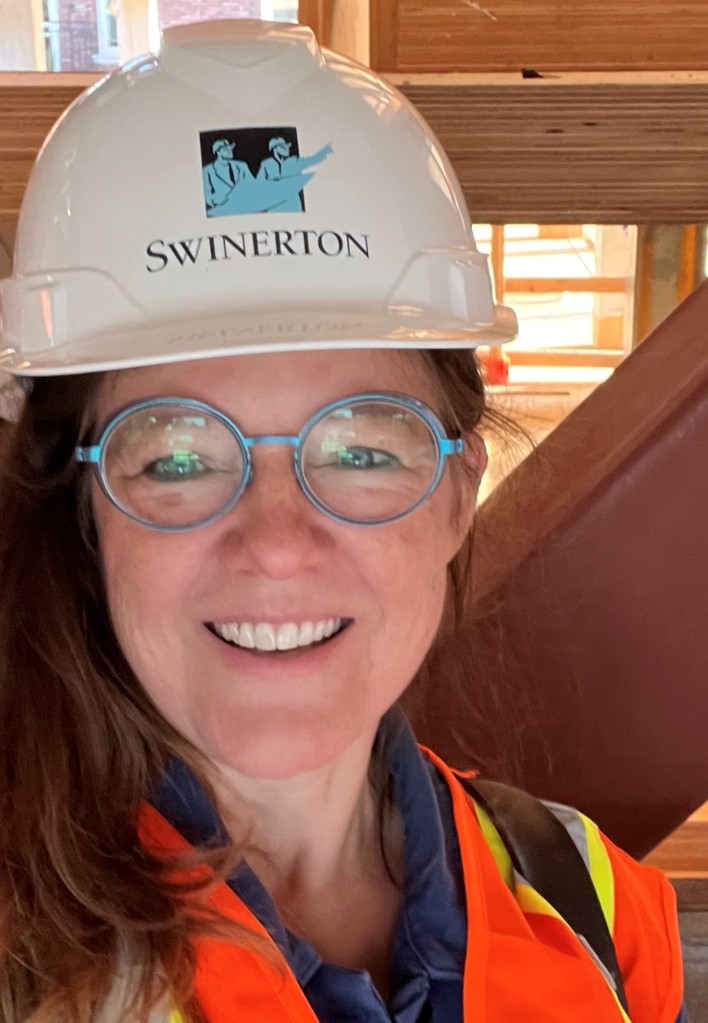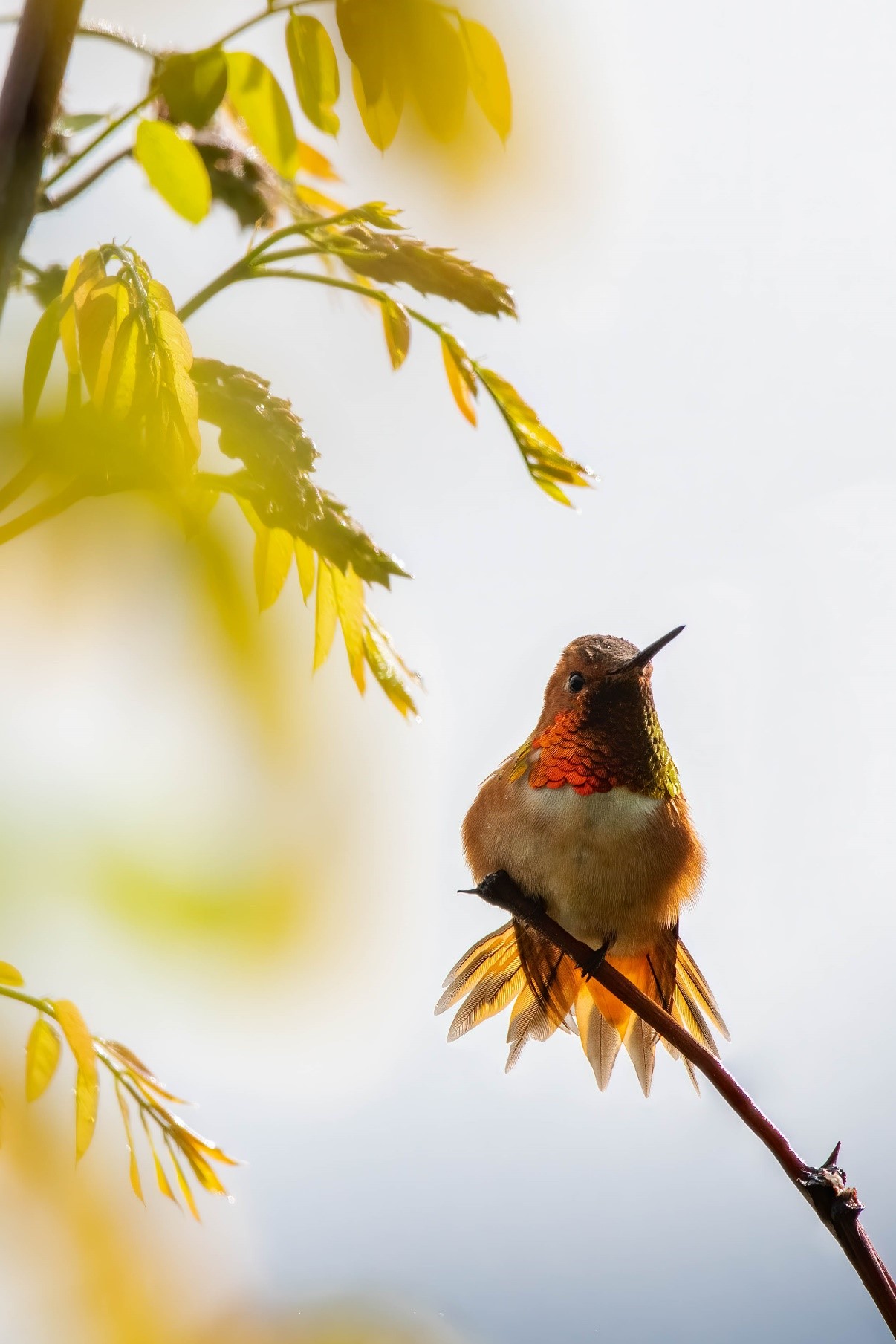By Dave New, Past Chair of the Washington Tree Farm Program, info@watreefarm.org
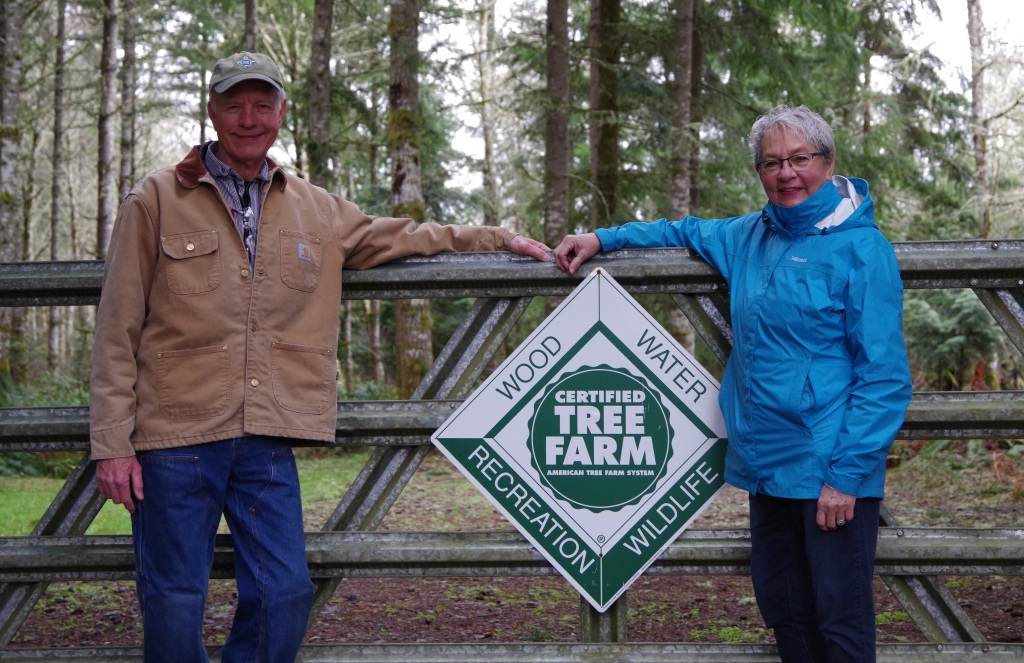
You own a piece of forest land in the Evergreen State, and you have a forest management plan. Are you ready to take the next step? Become one of the 1,400 land stewards in our state with an American Tree Farm System certification in the Washington Tree Farm Program for your family’s forest.
Tree farming began right here in Washington State in 1941, when the Weyerhaeuser Company dedicated the Clemens Tree Farm near Rochester to sustainable and renewable forestry. It evolved into the American Tree Farm System (ATFS), a nationwide certification program for small forest landowners who privately own between 10 and 10,000 acres of forestland. The ATFS certification is recognized by the Programme for the Endorsement of Forest Certification, an international body.
The Washington Tree Farm Program (WTFP) is a 501c3 non-profit organization dedicated to promoting and assisting small forest landowners in our state, to be better stewards of the land. The voluntary certification program ensures healthy privately-owned forestlands contribute to our state’s clean water, wildlife habitat, and recreational opportunities, while producing the jobs, wood, and timber products we all need.
WTFP has over 100 professional foresters who are trained to work with landowners to inspect and certify that their forests meet the standards of the ATFS system. Some of our inspectors are private foresters, some work for the Washington State DNR, others work for the US Forest Service, local conservation districts, or teach forestry. All are a part of WTFP to help landowners do right by their land.
If you are committed to tending your woods for good forest health, you are one of us. If you want to provide good habitat for wildlife, you are one of us. If you want to protect the lakes and streams on your property and provide good aquatic habitat, you are one of us. If you want to provide recreational opportunities, you are one of us. If you want to create or continue a legacy that can be passed down to future generations, you are one of us.
Visit our website. Contact us. We will arrange to have one of our forester inspectors walk through your woods with you. They will be able to answer your forest management questions, help you better prepare for the future, and assist you in obtaining ATFS certification. Perhaps you have questions about invasive species, or root rot in a Douglas fir stand, or who you should contact for assistance with thinning or harvesting. WTFP does not charge for these visits, nor for certification, nor are there any dues to be paid. And then in five years, when it is time for a reinspection, one of them will walk through your woods with you again.
We recognize that we all have different visions for our own forest lands, and that our management methods and objectives are not the same. We all, however, want to be the best stewards that we can for our land. Join us, become a part of the ATFS network, put a green “Certified Family Forest” sign in front of your land, and stand behind it with pride.
Dave New is the Past Chair of the Washington Tree Farm Program, and a proud steward of Nourse Tree Farm in Snohomish County.
Photos by Bob Obedzinski, Nancy Romanovsky, Tammie Perreault, and Corie Lopardi, all courtesy of Washington Tree Farm Program.

